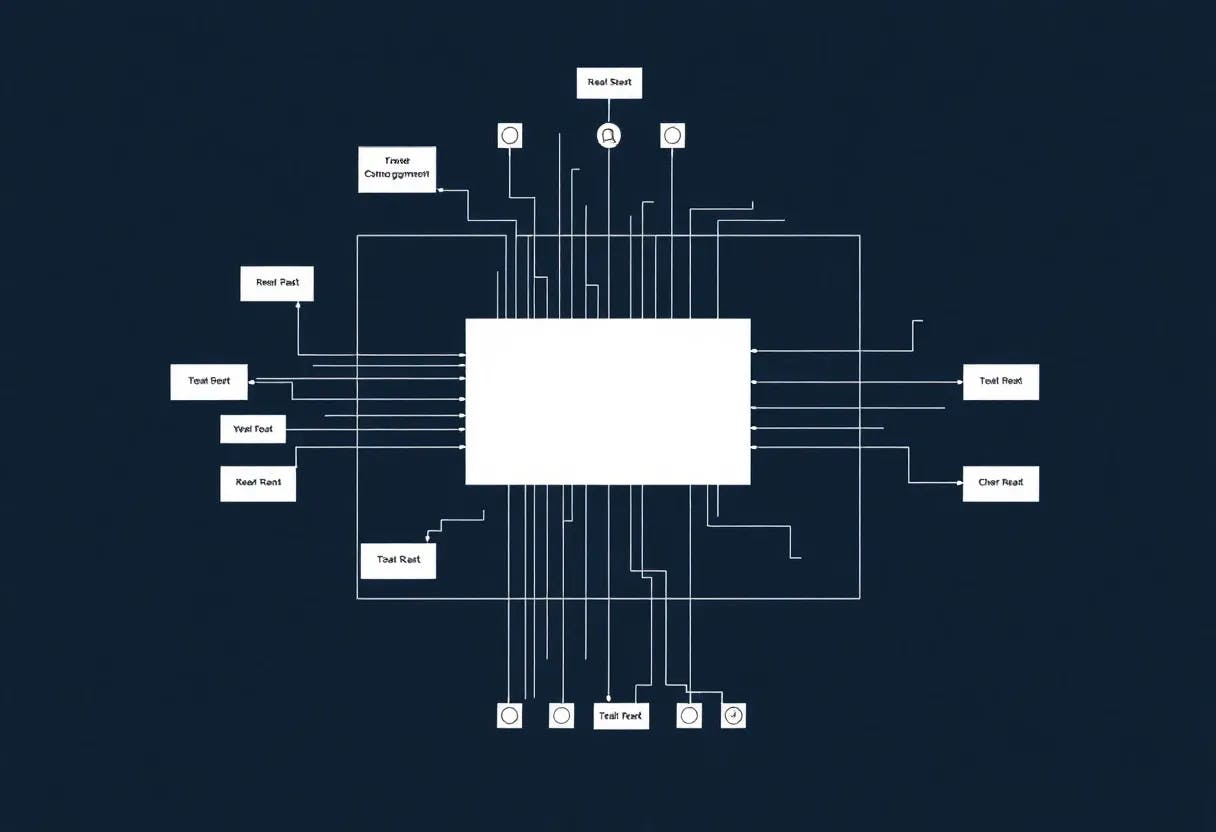Authors:
(1) Chengrun Yang, Google DeepMind and Equal contribution;
(2) Xuezhi Wang, Google DeepMind;
(3) Yifeng Lu, Google DeepMind;
(4) Hanxiao Liu, Google DeepMind;
(5) Quoc V. Le, Google DeepMind;
(6) Denny Zhou, Google DeepMind;
(7) Xinyun Chen, Google DeepMind and Equal contribution.
Table of Links
2 Opro: Llm as the Optimizer and 2.1 Desirables of Optimization by Llms
3 Motivating Example: Mathematical Optimization and 3.1 Linear Regression
3.2 Traveling Salesman Problem (TSP)
4 Application: Prompt Optimization and 4.1 Problem Setup
5 Prompt Optimization Experiments and 5.1 Evaluation Setup
5.4 Overfitting Analysis in Prompt Optimization and 5.5 Comparison with Evoprompt
7 Conclusion, Acknowledgments and References
B Prompting Formats for Scorer Llm
C Meta-Prompts and C.1 Meta-Prompt for Math Optimization
C.2 Meta-Prompt for Prompt Optimization
D Prompt Optimization Curves on the Remaining Bbh Tasks
E Prompt Optimization on Bbh Tasks – Tabulated Accuracies and Found Instructions
4.2 META-PROMPT DESIGN
Figure 3 shows an example of the meta-prompt for prompt optimization on GSM8K (Cobbe et al., 2021). More details are as follows.
Optimization problem examples. The problem description includes a few examples taken from the training set to demonstrate the task for the generated instructions. For example, from the input-output pair in Figure 3, we can infer this is a math word problem. The input-output pair also demonstrates the position where the generated instruction will be added to, and this is essential for the optimizer LLM to generate instructions of the same style. In each optimization step, we add several (three for example) training examples to the meta-prompt by random sampling the training set or choose the ones the previous instructions fall short of.
Optimization trajectory. The optimization trajectory includes instructions generated from the past optimization steps, along with their scores. The old instructions and scores are sorted by the score in ascending order. The score is the training accuracy in prompt optimization. We only keep instructions with the highest scores in the meta-prompt in consideration of the LLM context length limit.
Meta-instructions. We also add meta-instructions: the instructions to the optimizer LLM that explain the optimization goal and instruct the model how to use the above information. The meta-instructions may also specify the desired generated instruction format for easier parsing.
This paper is available on arxiv under CC0 1.0 DEED license.

